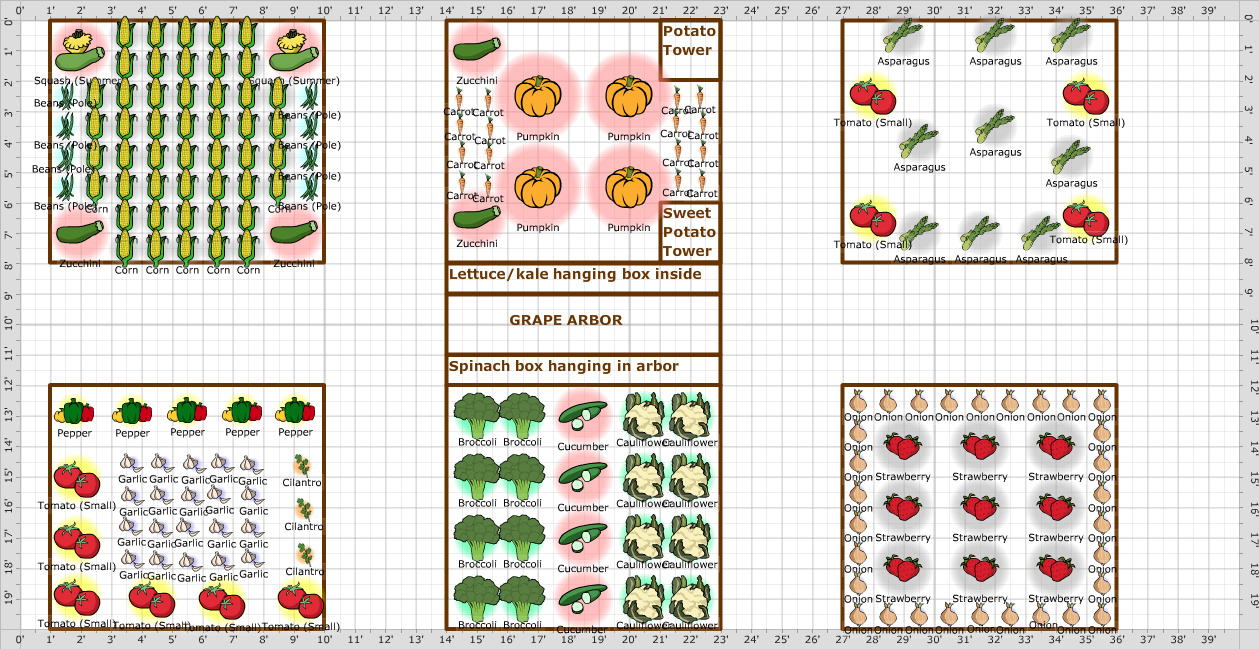

So to get the best homegrown crops from your kitchen garden you need to make sure your soil is up to scratch. While soil structure can be improved and even changed over time, coping with heavy clay or poor, sandy soil is an uphill battle and an alternative approach to growing might be a sensible, and ultimately time-saving option.' If, for example, the soil is heavy clay, you might want to grow veg in raised beds filled with more accommodating topsoil. McTernan says 'Establishing what type of soil you have will dictate your plans, too – not only which plants you can grow, but also what they can be grown in.
#Garden planner grow veg series
This kitchen garden includes courgettes, corn, onions, chard and beans, set within a series of rectangular beds with narrow access paths between Test and prepare the soil for your kitchen garden Learning more on growing organic is a wise move here.ģ. Fertile soil: Soil enriched with compost.Wind protection: A permeable barrier, such as a picket fence, hedge or windbreak can filter its effect.

'Figure out what parts of the area receive the most sunlight to locate the most sun-loving plants there or to cascade the plants from lowest to highest to prevent the second from shading the first' says McKenzie. If you don’t have these conditions, there are some crops that tolerate shade, such as cherries, blackberries, raspberries, rhubarb and blackcurrants.

To grow quickly and well, vegetables need as much light as possible, so track the sun throughout the day to see where shadows fall.

If you are discovering your plot for the first time, general rules of thumb will apply – and in fact are more applicable to a small space, as there is less possibility of fluctuating temperatures and idiosyncratic light levels – so finding out which direction your garden or balcony faces is a good start.' 1. It’s really interesting to see how your plot changes with each season, and keeping note of all its quirks and characteristics will help you sow and plant with the confidence that you’ve given your crop the very best chance to thrive. It helps if you’ve been able to study it over the year, so that you know where the first of the sun’s rays fall, where the frost lingers and which plants might be affected by strong winds.
#Garden planner grow veg how to
How to start a kitchen garden in your yardĬinead McTernan, author of City Veg: Inspiration from an Urban Garden available on Amazon (opens in new tab) says : 'The main thing to think about when planning your plot is what it is you actually have to work with.


 0 kommentar(er)
0 kommentar(er)
